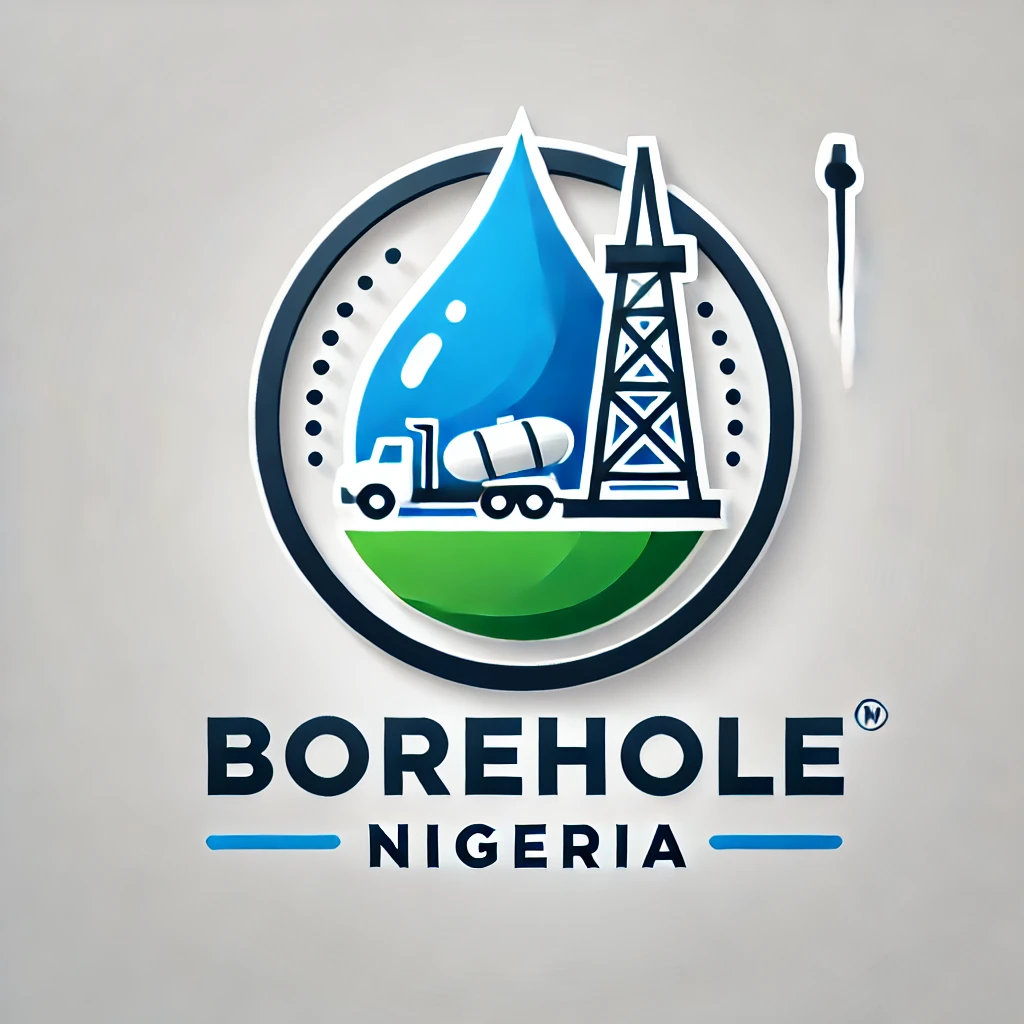If you’re installing or upgrading a septic system, you may have come across soakaway crates as a drainage solution. But the big question is: Are septic tank soakaway crates legal?
The answer depends on your country and local regulations. In some places, soakaway crates are not approved for use with septic tanks, while in others, they may be allowed under specific conditions.
To avoid legal issues, fines, or system failures, let’s break down what soakaway crates are, where they are legal, and what alternatives you might need to consider.
What Are Septic Tank Soakaway Crates?
Soakaway crates are plastic modular drainage systems designed to create an underground void that allows water to slowly percolate into the surrounding soil. They are commonly used for:
- Rainwater drainage (e.g., stormwater soakaways)
- Surface water management
- Some wastewater treatment applications
Some people attempt to use soakaway crates as a replacement for traditional septic drain fields (also called leach fields or soakaways), thinking they will improve drainage efficiency. However, this is where legal issues arise.
Are Soakaway Crates Legal for Septic Systems?
1. United States (EPA & Local Regulations)
- In most U.S. states, soakaway crates are NOT legal for septic systems.
- The EPA and local health departments require approved drainage systems, such as perforated pipe drain fields or gravel-based soakaways.
- Septic tank effluent contains organic waste and bacteria, which requires proper filtration through soil—something soakaway crates do not provide.
✅ Legal Alternatives: Conventional drain fields with gravel and perforated pipes.
🚫 Not Allowed: Using soakaway crates instead of an approved septic drainage system.
2. United Kingdom (Environment Agency & Building Regulations)
- Septic soakaway crates are NOT legal in the UK for domestic wastewater disposal.
- The UK Environment Agency (EA) and Building Regulations require proper drainage fields that allow biological treatment in the soil.
- Soakaway crates are only approved for rainwater management, NOT for septic waste.
✅ Legal Alternatives: Drainage fields following BS 6297:2007 standards, or a sewage treatment plant if soil conditions are poor.
🚫 Not Allowed: Using soakaway crates as a replacement for a proper septic drain field.
3. Australia (State Health & Environmental Agencies)
- Australia has strict septic system regulations that vary by state.
- In general, soakaway crates are not approved for treating septic tank effluent.
- States like Victoria, Queensland, and New South Wales require soil absorption fields, sand filters, or advanced treatment systems.
✅ Legal Alternatives: Septic trenches, Evapotranspiration-absorption beds, or approved aerobic treatment units (ATUs).
🚫 Not Allowed: Replacing a septic soakaway with plastic drainage crates.
4. Canada (Provincial Health & Environmental Regulations)
- Most provinces do not permit soakaway crates for septic tanks.
- Health Canada and provincial regulations require approved drain fields or alternative treatment systems.
- Septic waste must undergo natural soil filtration before entering groundwater.
✅ Legal Alternatives: Gravel-based leach fields, chamber systems, or mound systems where soil conditions are poor.
🚫 Not Allowed: Using rainwater soakaway crates for septic effluent drainage.
Why Are Soakaway Crates Illegal for Septic Systems?
1. They Do Not Provide Proper Filtration
Septic effluent contains bacteria, organic matter, and nitrates. Traditional drain fields allow wastewater to be naturally filtered through soil, while soakaway crates do not have this filtering capability.
2. Risk of Groundwater Contamination
Without proper filtration, bacteria and pollutants can seep directly into groundwater, causing health and environmental risks.
3. Short Lifespan and Blockages
Septic effluent can clog soakaway crates with sludge and biofilms, leading to failure within a few years—unlike a properly designed drain field, which can last 20-30 years.
4. Legal Consequences
Using illegal drainage methods can result in:
❌ Fines from environmental agencies
❌ Legal orders to replace the system (costing thousands)
❌ Potential liability if groundwater contamination occurs
What Are the Legal Alternatives to Soakaway Crates?
If you need a septic drainage solution, here are the legal and approved alternatives:
1. Traditional Drain Fields (Leach Fields)
✅ Best for: Most septic systems
✅ How It Works: Perforated pipes buried in gravel trenches allow effluent to filter through the soil naturally.
✅ Lifespan: 20-30 years
2. Sand or Gravel-Based Soakaways
✅ Best for: Poorly draining soils
✅ How It Works: A larger area with layers of sand and gravel provides additional treatment.
3. Mound Systems (For High Water Tables)
✅ Best for: Areas with shallow groundwater
✅ How It Works: A raised sand and gravel mound above ground allows proper filtration.
4. Aerobic Treatment Units (ATUs) or Bio-Filter Systems
✅ Best for: Homes with small yards or poor soil conditions
✅ How It Works: An electric treatment unit breaks down waste before releasing cleaner effluent into a smaller drain field.
Final Verdict: Are Septic Tank Soakaway Crates Legal?
🚫 In most countries, NO—soakaway crates are not legal for septic tanks because they do not filter wastewater properly and can cause environmental hazards.
✅ Instead, use properly designed drain fields, gravel soakaways, or advanced treatment systems to stay compliant with health and environmental laws.
Before installing a septic system, ALWAYS check with:
🔹 Local health departments
🔹 Environmental agencies
🔹 Building regulators
Avoid costly mistakes and legal issues—use the right septic drainage system for your location! 🚀
